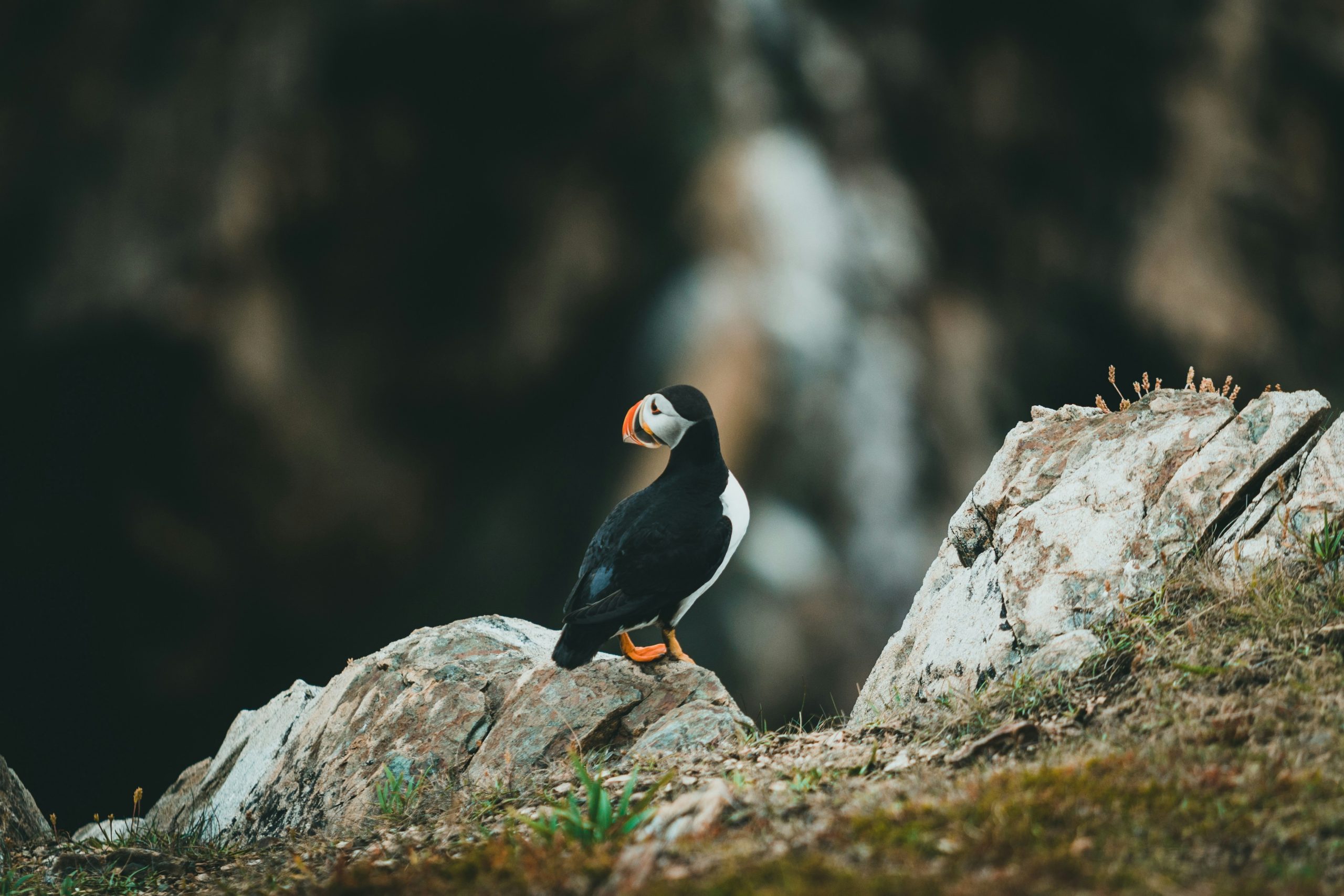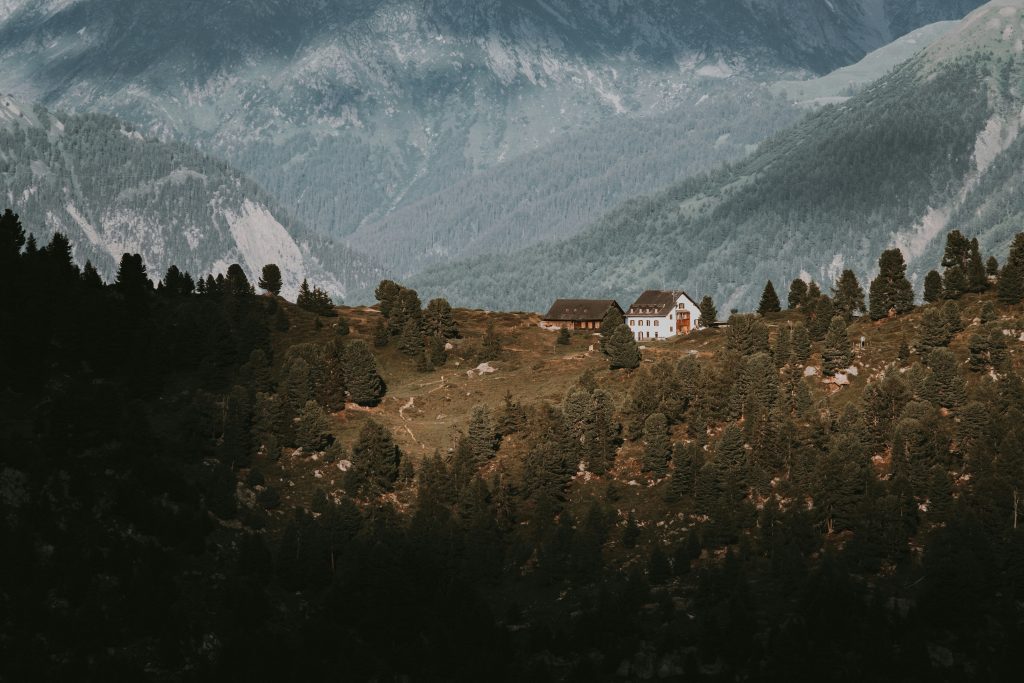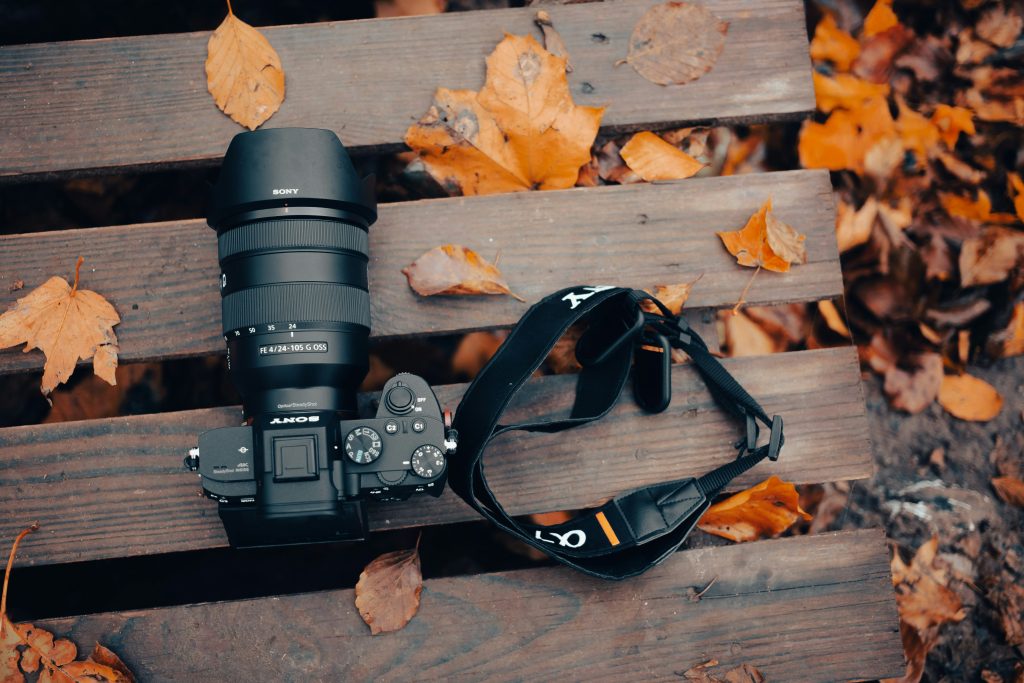“Ever fumbled with your camera in the wild, missing that perfect shot of a hawk mid-dive? Yeah, we’ve all been there.”
If you’re an outdoor enthusiast and aspiring wildlife photographer, this post is for you. You’ll learn how to master Wildlife Photography Techniques that make every hike a potential portfolio masterpiece. From choosing the right gear to capturing motion like a pro, consider this your step-by-step guide with actionable advice.
Table of Contents
- Key Takeaways
- Why Wildlife Photography Is Tricky on Hikes
- Step-by-Step Guide: Mastering Wildlife Photography Techniques
- Top Tips for Stunning Wildlife Shots
- Real-Life Success Story: The Eagle Hunter
- Frequently Asked Questions
Key Takeaways
- Choosing the right hiking camera setup can make or break your wildlife shots.
- Patiently observing animal behavior improves framing opportunities.
- Using burst mode and proper lighting are non-negotiables.
Why Wildlife Photography Is Tricky on Hikes
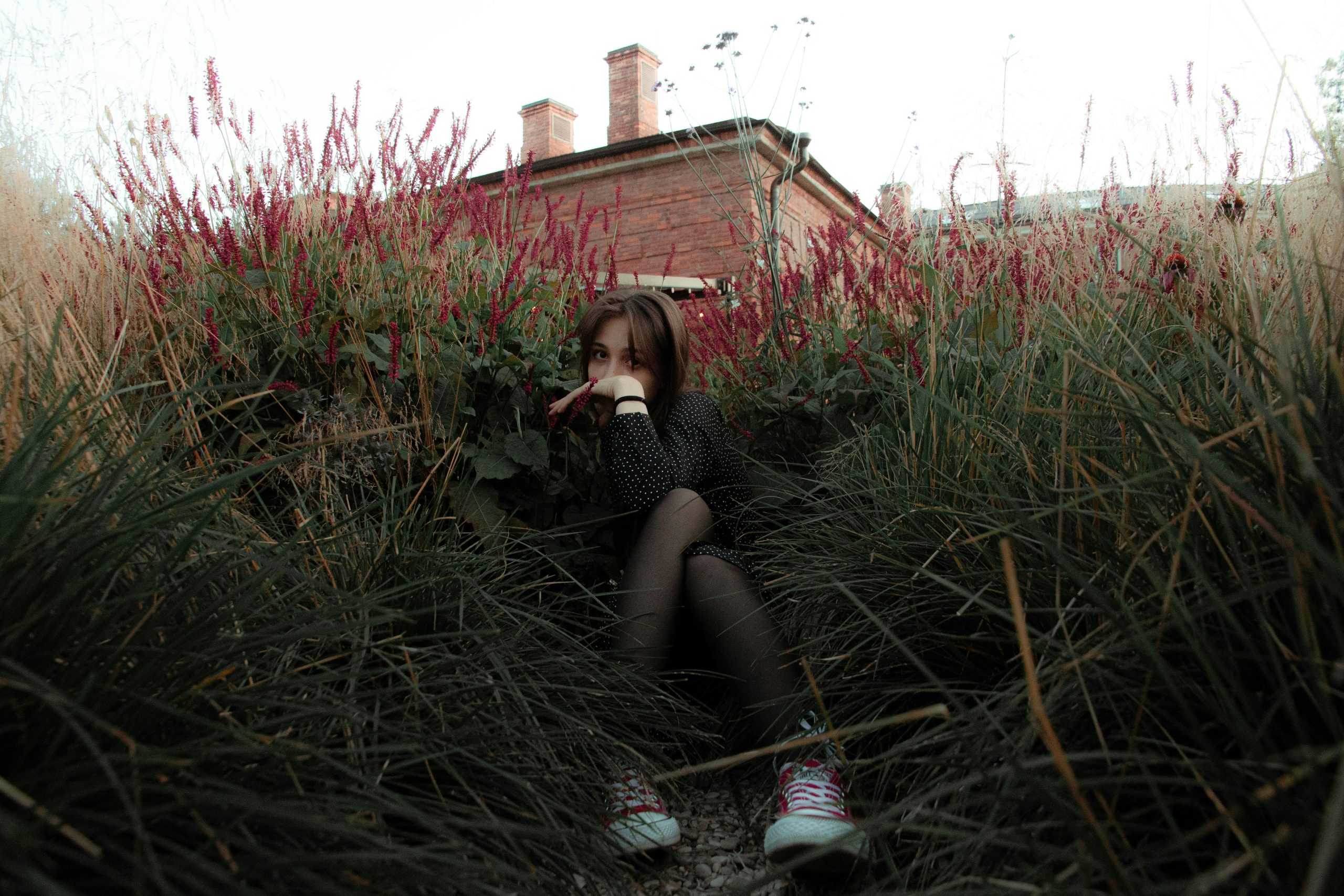
Wildlife photography while hiking isn’t just about snapping cool pics—it’s about doing it without scaring off your subject (or tripping over rocks).
Here’s why it’s hard:
- Animals move fast—very, *very* fast.
- Hiking conditions challenge even pros (think uneven terrain and shifting light).
- You’re carrying other essential gear, so cameras need to be compact but powerful.
I once spent two hours trying to capture a deer grazing near a stream—only to get home and realize my autofocus was locked on a tree branch instead. Lesson learned? Always double-check settings before pressing that shutter button.
Step-by-Step Guide: Mastering Wildlife Photography Techniques
Step 1: Choosing Your Hiking Camera System
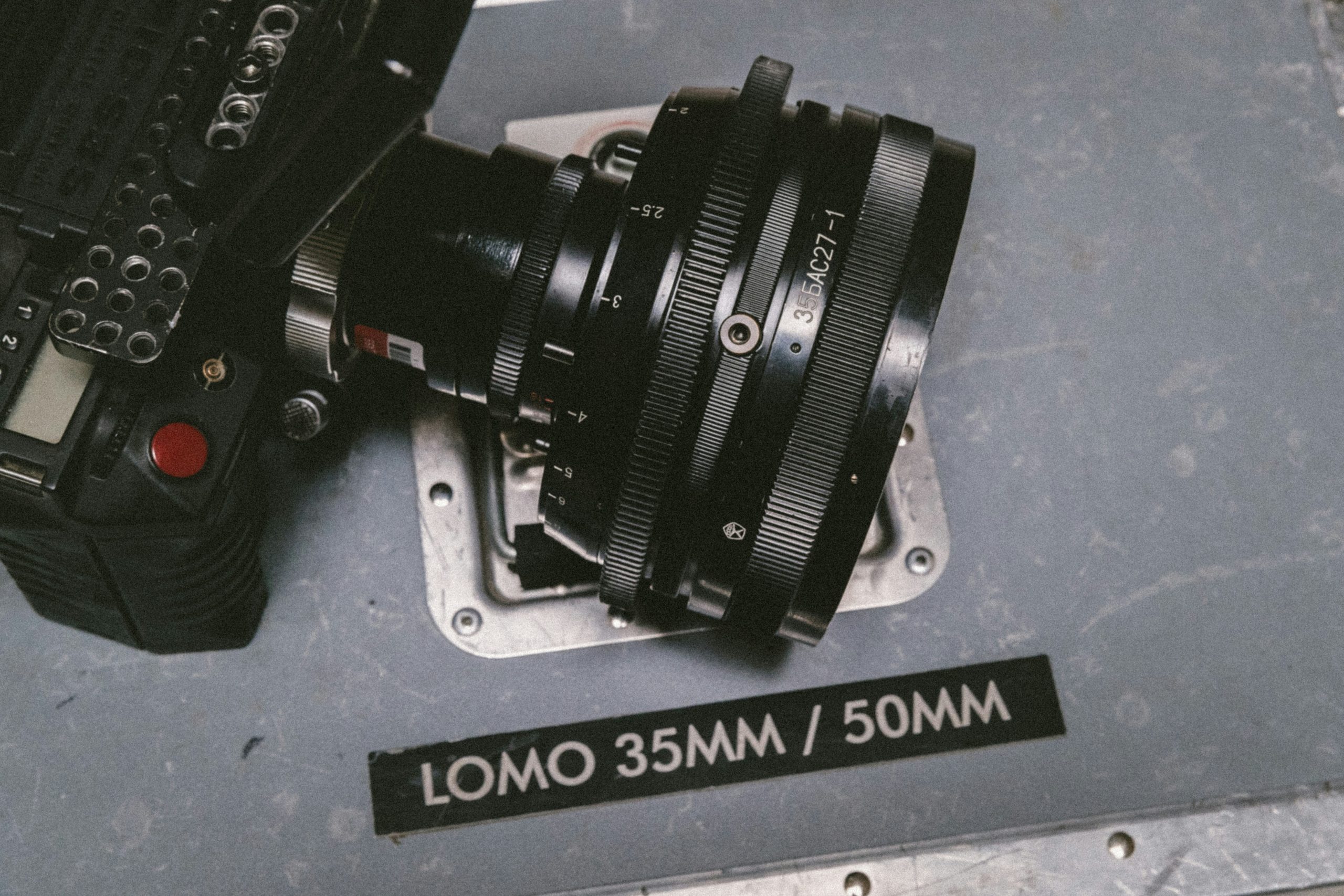
Optimist You: “Just grab any camera, and go!”
Grumpy You: “Wrong! Get the wrong one, and you’ll end up lugging around dead weight.”
Your ideal hiking camera should balance portability and functionality. For wildlife shots:
- Mirrorless cameras are often lighter and quieter—an advantage when stalking shy critters.
- Zoom lenses (200mm+ recommended) let you stay far enough not to disturb animals.
- Weather-sealed bodies protect against rain and dust.
Step 2: Mastering Lighting Techniques
Lighting makes or breaks wildlife photos. Dawn and dusk (the golden hour) offer soft, natural light, but what if you’re stuck hiking at noon?
“Use backlight creatively! Position yourself so sunlight comes through translucent wings or fur for ethereal effects.”
Step 3: Understanding Animal Patterns
Spend time observing behaviors before raising your camera. A squirrel might return to the same tree; watch and wait strategically.
Top Tips for Stunning Wildlife Shots

- Burst Mode FTW: Animals won’t pose—use continuous shooting modes.
- Avoid Flash: It spooks animals and ruins nighttime shots.
- Edit With Care: Minor adjustments enhance images; too much editing looks fake.
Real-Life Success Story: The Eagle Hunter
Karen J., a hiker from Colorado, struggled with blurry bird shots until she upgraded her lens and embraced patience. Her iconic bald eagle photo went viral online. Moral? Invest wisely and trust the process.
Frequently Asked Questions
Q1: What is the best camera for wildlife photography on hikes?
A mirrorless camera like the Sony A7 III paired with a telephoto zoom lens strikes the perfect balance of quality and portability.
Q2: How do I avoid shaky photos outdoors?
Use tripods or monopods where possible, and always enable image stabilization in your camera settings.
Q3: Can smartphones work for wildlife photography?
While modern phones boast great cameras, they lack zoom range. Stick to dedicated gear unless you’re practicing close-range subjects.
Conclusion
You’ve now unlocked the secrets behind stellar Wildlife Photography Techniques. From selecting the right equipment to mastering observation skills, these strategies will transform your hiking adventures into breathtaking visual stories.
Remember, perfection takes practice—and coffee fuel. Keep experimenting, and don’t forget to share your favorite shots!
Like finding Pikachu in tall grass, good wildlife photography requires patience and precision. Level up your game today.
